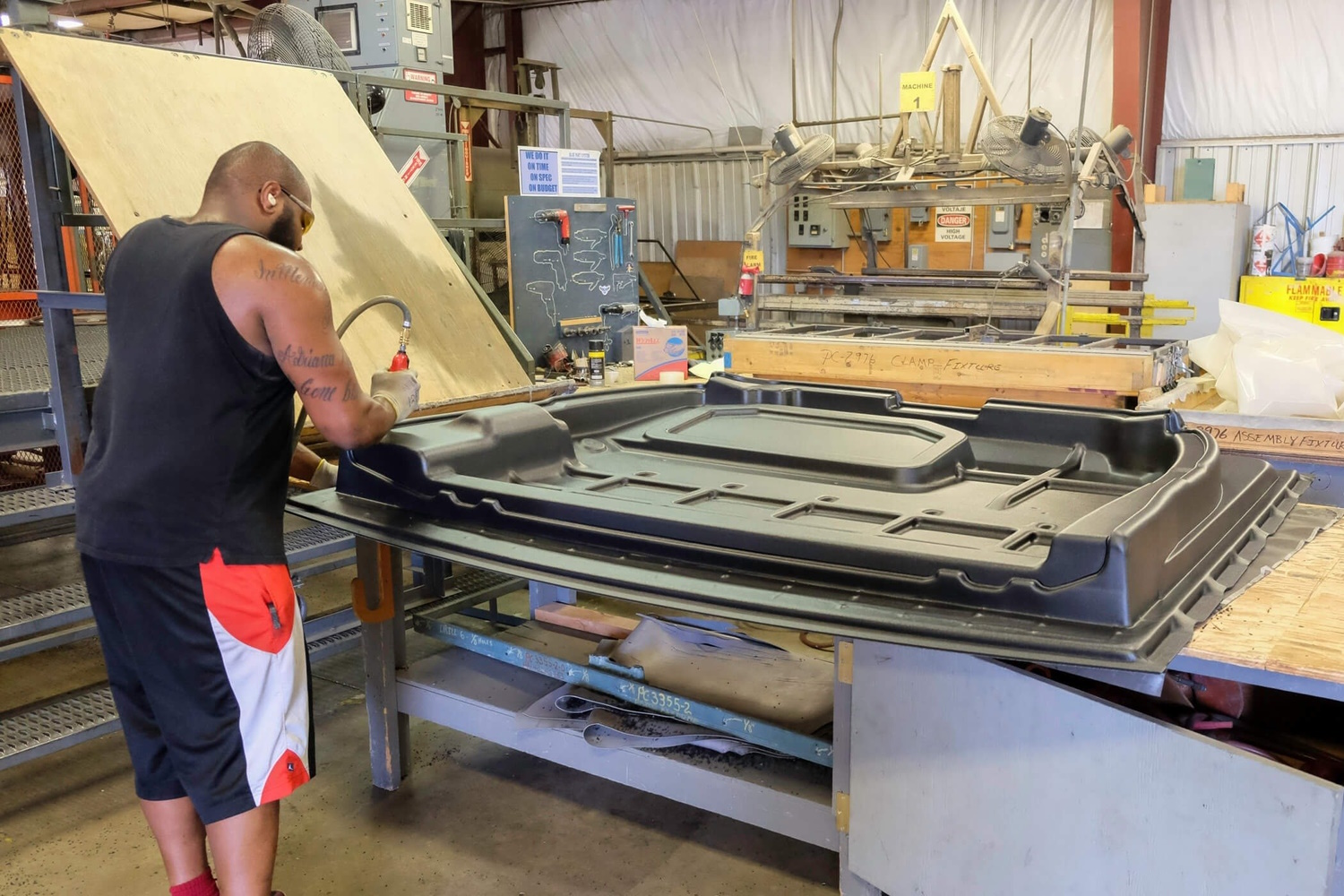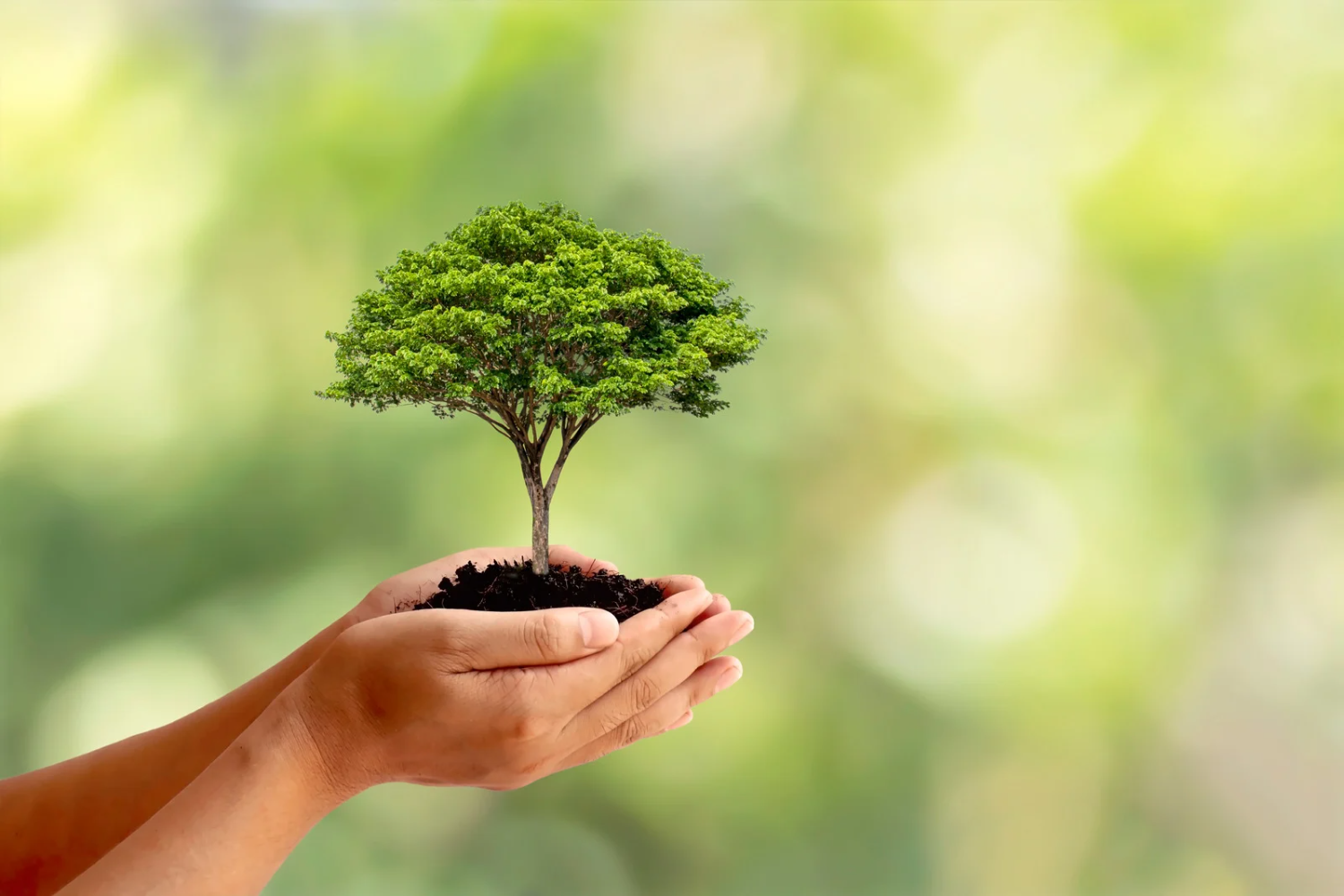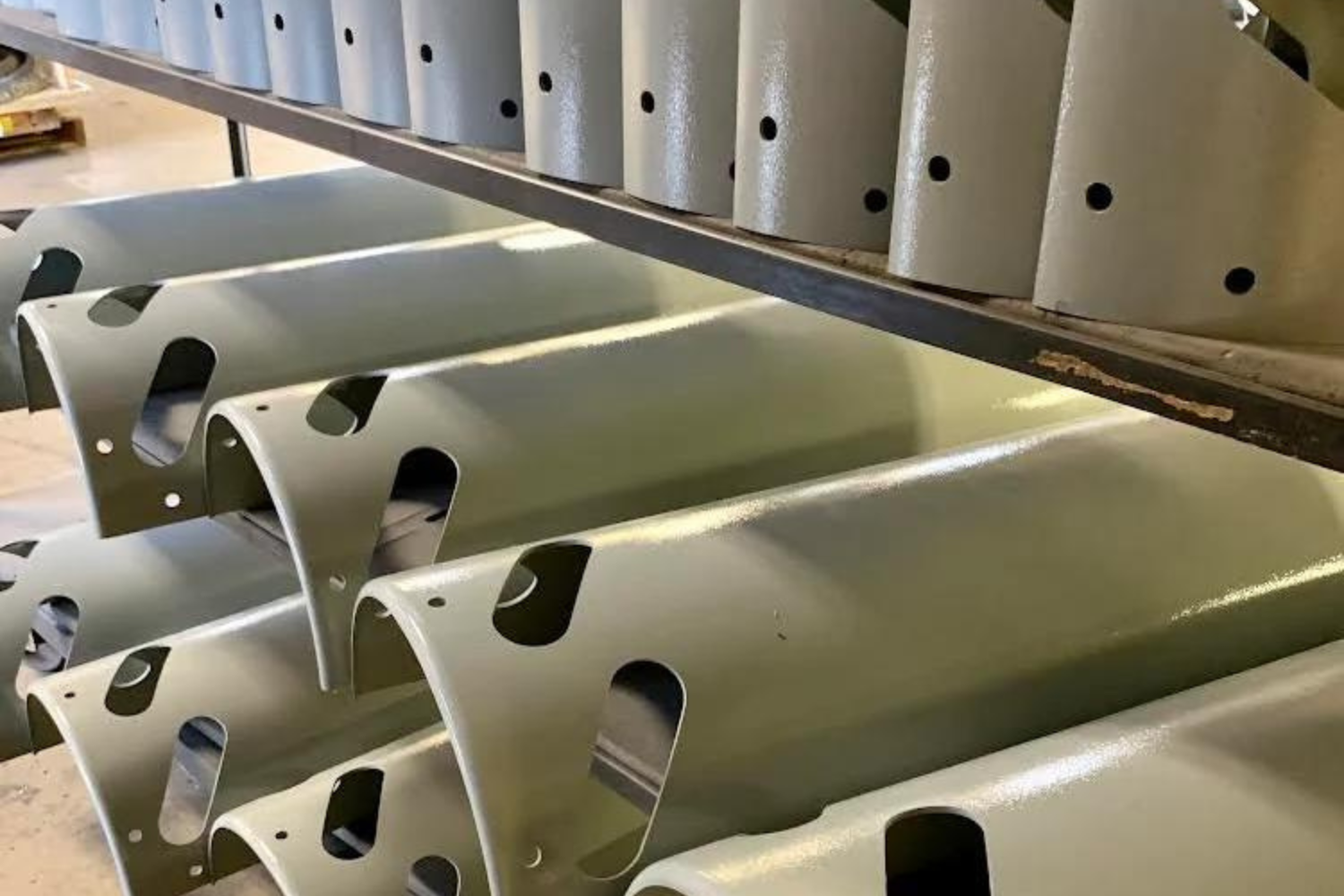Maximizing Efficiency and Sustainability: The Art of Regrind in Thermoforming
At PCI, we're committed to pushing the boundaries of thermoforming technology while maintaining a strong focus on sustainability. We achieve this through efficiently handling regrind, a critical aspect of modern thermoforming that deserves more attention.
What is Regrind?
 In thermoforming, not all plastic sheets become part of the final product. The excess material - trim, skeleton, or web - can be reprocessed and used again. This reprocessed material is known as regrind.
In thermoforming, not all plastic sheets become part of the final product. The excess material - trim, skeleton, or web - can be reprocessed and used again. This reprocessed material is known as regrind.
Working with our material suppliers who efficiently manage our regrind process, we significantly reduce plastic waste produced during manufacturing. This helps reduce our environmental impact and contributes to cost efficiency, allowing us to offer competitive pricing to our customers.
How does all unused material get reground?
Jim Soles, Quality Specialist, KYDEX explains.
“The Allen ABS regrind sent to KYDEX is first tested for color. We look for contaminants such as wood, metal, and cardboard and do a quick flame test to see if there are any indications of PVC contamination.
If trim or rejected sheets are returned, we will grind that up and perform the above tests.
All material is separated by color number and material type and will be applied to your future orders in the appropriate colored order.
The material/scrap you send back is part of our buyback program. So far in 2024, we have used 65.5% of returned material to create your substrate layer. The cap layer is always 100% virgin resin.
ABS can be used back into your order; however, acrylic is not. We do not use acrylic back into orders due to its impact properties, which can affect the surface quality, adding lumps and bumps.
The acrylics will be sold to a recycling broker, who will then sell them to someone looking for this type of material. Any material found to be wrong would also be sold to a recycling broker.
If you have bad material, we contact you, send a SCAR, and either send it back to you or, if approved, send it to a recycling broker.”
Ted Bevelheiner, KYDEX Central Regional Business Manager adds the following detail about KYDEX thermoplastics.
“PCI also buys KYDEX thermoplastics and it gets recycled differently. KYDEX(R) Thermoplastics can relive many lives as long as the recycling infrastructure is in place to capture the recycled content.
Regrind goes into KYDEX®
recycled sheet to give it additional life in many industrial applications, such as equipment housings, painted medical devices, movie sets, and many other applications.
The recycled content that cannot go into our product goes into other manufacturers' processes for industrial products. A known example is that our material is used heavily among one of the top manufacturers of composite decking for outdoor decking and furniture, as well as park benches, industrial tile, and PVC piping.
SEKISUI KYDEX ensures that all recycled content leaving their facility goes into responsible outlets.
To see our sustainability story, visit this link: Sustainability - SEKISUI KYDEX.”
Looking to the Future
As we continue innovating at PCI, we're exploring new ways to make our regrind processes more efficient and sustainable. Our team is investigating advanced sorting technologies to improve regrind purity, allowing us to increase the percentage of reused material in our products.
We even sweep up the shop floor and send that material for recycling into other products!
At PCI, responsible manufacturing and top-quality products go hand in hand. Our attempt to master regrind technology is one way we're working to create a more sustainable future for the thermoforming industry. By continuously refining our processes and pushing the boundaries of what's possible with regrind, we're not just meeting current industry standards - we're setting new ones for efficiency, sustainability, and product quality.



